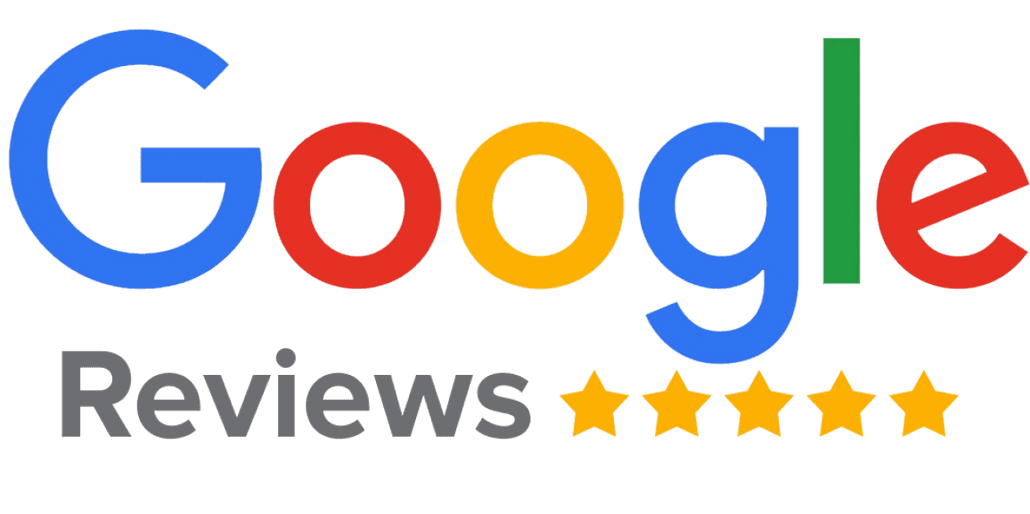Technical SEO for Shopify: Understanding Backend Optimization Techniques
Although on-page SEO is vital, technical SEO for Shopify ecommerce stores is just as important. As you will see below, technical SEO involves improving the functionality of a website so that customers and search engines can navigate it easily. To get you started, I explain technical SEO for Shopify including its significance and a range of simple tips you can implement immediately.
Significance of Technical SEO for Shopify
If you are looking at optimizing SEO on your Shopify platform, technical SEO is a great starting point. This process deals primarily with backend features and the underlying functionality of your store and offers the following benefits:
- Improved accessibility for customers.
- Improved usability for customers.
- Improved accessibility for search engine crawlers.
Essentially, you are boosting accessibility and usability for your customers and search engine crawlers which in theory should improve your SEO, website traffic, and sales.
Technical SEO Techniques for Shopify
Hiring professional Shopify SEO services is a great way to boost your SEO campaign in the long term, but there are some things you can do immediately if you have a basic knowledge of the platform.
Mobile responsive design
Before you create your Shopify store you must choose a theme that is mobile-responsive. This means that it loads perfectly on both desktop and mobile devices and the layout changes to work seamlessly on smaller screen sizes.
In today’s modern world of online shopping, mobile devices are the primary method used so your Shopify store must be mobile responsive otherwise you are neglecting a huge part of your customer base. Google and other search engines also frowns upon sites that are poorly optimized and this can negatively impact your technical SEO for Shopify.
Fast page loading speeds
Google hates Shopify stores with slow loading speeds and it’s no fun for your customers either! I hate clicking a URL only to be met with a blank white screen as everything slowly loads in – in most instances I simply close the site!
Use tools like Google PageSpeed Insights to check your loading speeds and areas you can improve. Common issues include large image files and broken website code. The benefit of using tools like these is that they give you a score, but also outline the issues and ways to fix them.
Optimized Robots.txt file
The Robots.txt file is incredibly important, easy to change, and has a great impact on technical SEO for Shopify stores. This file includes a range of commands that effectively explain to search engine crawler bots how to navigate and access your store.
Things you can do to optimize your Robots.txt file include using exclusion commands to tell bots pages not to index, giving access to all important pages, and blocking access to secure areas or areas of your store with sensitive data. Your Robots.txt file should always be checked and updated after any major website change too.
Removing duplicate content

Duplicate content should be avoided at all costs in your website content, both front end and back end. Google and other search engines penalize duplicate content as they see it as lazy and essentially a type of cheating.
Examples of potential duplicate content to check for include:
- Duplicate URLs
- Duplicate written content (i.e. blocks of text that have been copied and pasted).
- Duplicate product descriptions.
- Duplicate META tags.
- Duplicate or similar product pages.
Improve Shopify site security
Site security is not only important for SEO but it is vital for the protection of your customers and your business assets. Simple security processes you must undertake include:
- Make sure SSL encryption is enabled so that customers connect via a secure HTTPS connection.
- Keep your Shopify store and plugins updated with the latest patches.
- Make regular backups of site data including product information and databases.
- Use a secure payment gateway to protect both you and your customers from payment fraud.
- Make regular scans for malicious files like malware.
- Use 2FA and strong passwords for your Shopify admin logins.
Keep a logical and simple URL structure
The underlying URL structure of your Shopify store is a key SEO factor and important for usability too. URLs should be as short as possible and use logical naming conventions that reflect the content of the page.
Make sure that your URL structure is logical too and that the hierarchy is easy to follow. Ideally, a search engine crawler should be able to reach any other page on your site within 1 jump.
Utilize faceted navigation for product categories
Oftentimes Shopify online stores have complex product listings with multiple products in each category. This can make the store difficult to navigate or to find the right products which ultimately makes for a frustrating user experience.
To combat this and to boost Technical SEO for Shopify, consider implementing faceted navigation in your product categories. This combined with faceted search functionality allows customers to easily find different products within a category instead of hunting through a myriad of individual pages.
Perfect Your Technical SEO for Shopify Today
Technical SEO for Shopify is just as important as on-page SEO and other techniques as it determines how accessible your site is both to customers and search engines.
Once you have established your online store, you should try and sort your technical SEO and conduct a site audit to see where improvements can be made. With the initial audit and improvements made, schedule periodic technical SEO reviews so that you can keep on top of things as your Shopify store expands.





